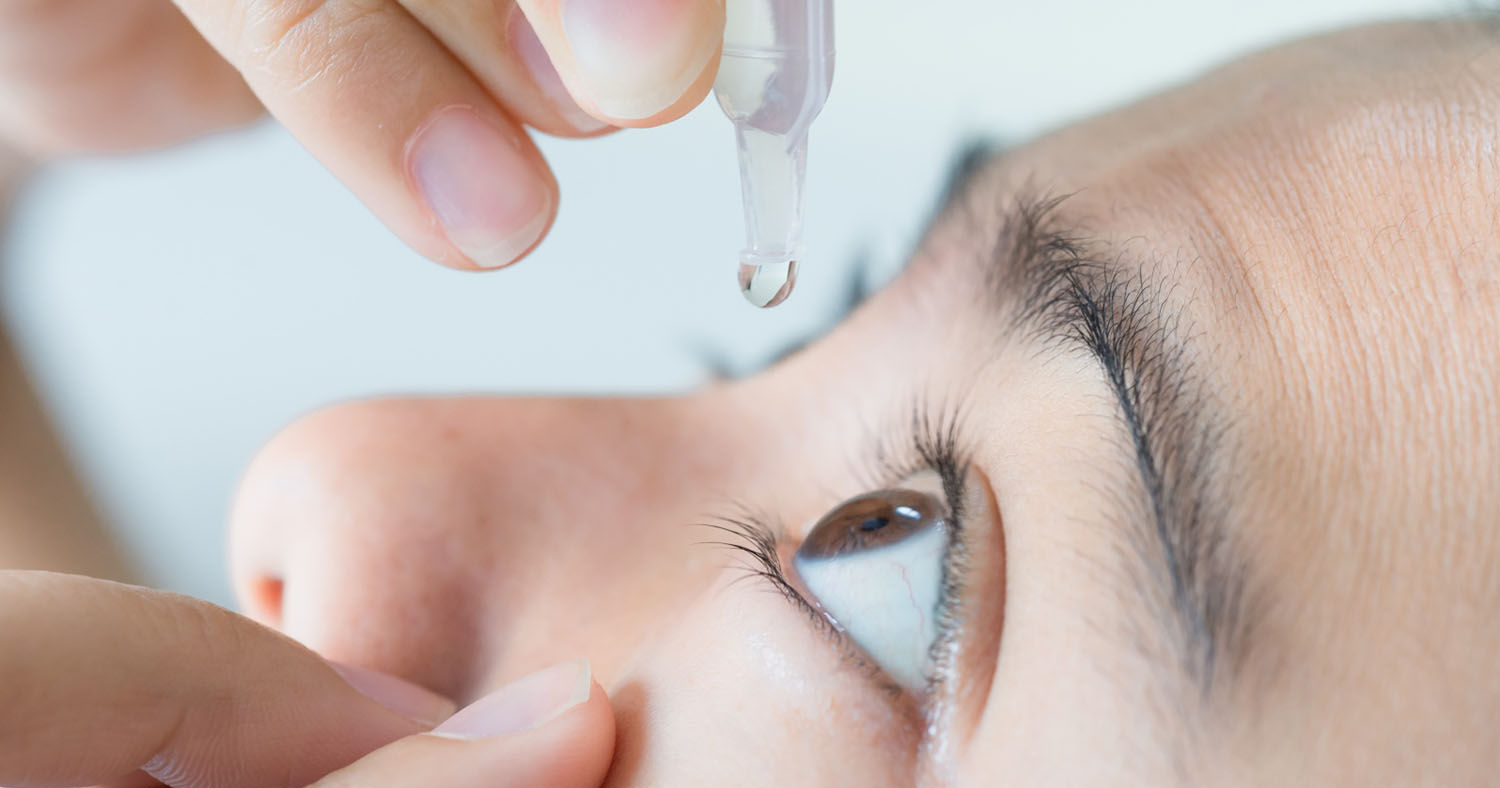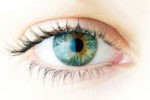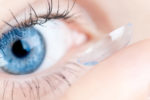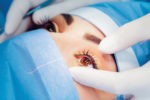Revolutionary Advances in Eye Health and Technologies

Story by Jeanie Edgmon
Vision is one of our most important and highly developed senses. It aids in learning, using tools, and many human endeavors. Advances in eye health have widespread and profound implications on every aspect of life, health, and development. But clear vision isn’t a universal birthright: it’s a privilege dependent on continued advances in eye health and access to care.
Worldwide, it is estimated that more than 2 billion people have eyesight problems, and 254 million are visually impaired. In the United States, approximately 12 million people 40 years and over have vision impairment, including 1 million who are blind, 3 million who have vision impairment after correction, and 8 million who have vision impairment due to uncorrected refractive error.
Today, improved medical technology is not only making it easier for nearsighted and farsighted patients to see, but it’s also improving the odds of saving or maximizing the vision of patients with diseases such as macular degeneration and glaucoma. Amazingly, even certain types of blindness once considered incurable, are moving toward a possible cure, providing glimpses of light to those who once could see only darkness.
Here we will cover just a handful of the advances that will have a profound impact on vision patients worldwide.
Vision Correction
According to the Centers for Disease Control and Prevention, 8 million people have vision impairment due to uncorrected refractive error. Uncorrected refractive error refers to errors that could be corrected with spectacles but have not been. Myopia, hyperopia, astigmatism, and presbyopia are the four most common refractive errors. Refractive errors are highly common with more than 34 million Americans age 40 and older being myopic and 1 in 3 people having astigmatism in the US. Recent breakthroughs may change the landscape for treating refractive error.

Nano-Drops
Researchers at Bar-Ilan University’s Institute of Nanotechnology and Advanced Materials have developed a treatment that could correct the most common refractive errors of farsightedness, nearsightedness or astigmatism — called Nano drops. The three-step system will involve measuring refraction using a smartphone app, stamping an individualized optical pattern onto the top layer of the cornea with a proprietary laser device based on that measurement, and then applying synthetic biocompatible protein nanoparticle drops to activate the stamped optical pattern, changing the trajectory of light passing through the cornea.
Nano-Drops achieved a correction of 3 diopters for farsightedness and 2.5 diopters for nearsightedness in preclinical animal tests. Two more years of development are expected before clinical trials begin.
Presbyopia No More?
Anyone that has to hold a paper at arm’s length to read will appreciate the daily eye drops developed by Orasis Pharmaceuticals. The group recently initiated a Phase 2b clinical study in the United States to evaluate its pharmaceutical-grade daily eye drops to replace reading glasses in the millions of people over age 45 with presbyopia. Presbyopia is age-related farsightedness caused by the lens of the eye losing its natural flexibility.
Innovative Adaptive Technologies
Where vision cannot be corrected with other treatments, new advances in assistive technologies are also making the headlines. Developed by Deep Optics, Omnifocal glasses are a cutting-edge liquid-crystal (LC) based lenses technology, addressing the growing need for dynamic vision correction. The ultra-low-power LC lenses allow a fast and seamless change of optical prescriptions during use. These high-tech lenses detect viewing distance and adjust automatically for the wearer.
Cornea Disease
Corneal disease is a serious condition that causes clouding and distortion of vision, and can often lead to blindness. The term “corneal disease” refers to a variety of conditions that affect mainly the cornea. These include infections, degenerations, and many other eye disorders. Here are two groundbreaking advances:

Hyper-CL Therapeutic Contact Lenses
Having just received FDA clearance, the removable Hyper-CL Therapeutic contact lenses are being used in the treatment of corneal edema and other corneal conditions including post-surgical conditions resulting from cataract extraction and corneal surgery. The groundbreaking technology is proving to provide better cornea thickness reduction and three times more improvement in vision compared to other therapeutic contact lenses.
Implants
The same company, EyeYon, has also developed a polymer implant called EndoArt® that cures corneal edema and other corneal conditions including post-surgical conditions resulting from cataract extraction and corneal surgery. The minimally invasive, suture-free EndoArt® is designed to replace dysfunctional endothelium in those patients where human donor tissue, which is the current standard of care, has failed to resolve the edema or is not available. Currently, there is only one human cornea available for every 70 people in need of a transplant. Both preclinical and early human clinical studies have demonstrated a significant reduction in edema in affected eyes.

Advances in Retinal Diseases
Advances in several areas are rising hopes that all forms of retinal disorders could become treatable. Just a decade ago, there was nothing to offer those affected by disorders such as macular degeneration. While many advances are in their infancy with much room for growth, advances in genetics and bionics are changing the possibilities.
One approach currently being explored is augmenting or bypassing damaged eyes with functional prostheses, or “bionic eyes”. These bionic eyes can restore only limited vision at present, but researchers continue to push the devices’ capabilities.
Gene therapy is another option gaining traction in eye health. Already available to people with specific genetic mutations, researchers are looking to extend this approach to more people and conditions. Some scientists are also pursuing treatments based on a related technique known as optogenetics, which involves genetically altering cells to restore light sensitivity to the retina.
For patients with macular degeneration, the implantable miniature telescope by VisionCare improves the central vision of patients suffering from advanced macular degeneration. It gets implanted in one eye so that it can detect central vision (where the person is looking); the other eye then picks up the task of peripheral vision.
Currently, more than 90% of people with vision impairment have a preventable or treatable cause with existing highly cost-effective interventions available. Today, the boundaries of what is treatable are expanding into new and amazing territories. Being on the cusp of so many exciting advances is bringing new hope to many suffering from vision impairments and leaves us at Healthy Kansas City in awe of the tremendous amount of change over a relatively short time. Vision is precious and we encourage all to get regular eye care to preserve and protect it as long as possible.
For more information about eye health, visit the American Academy of Ophthalmology at aao.org






